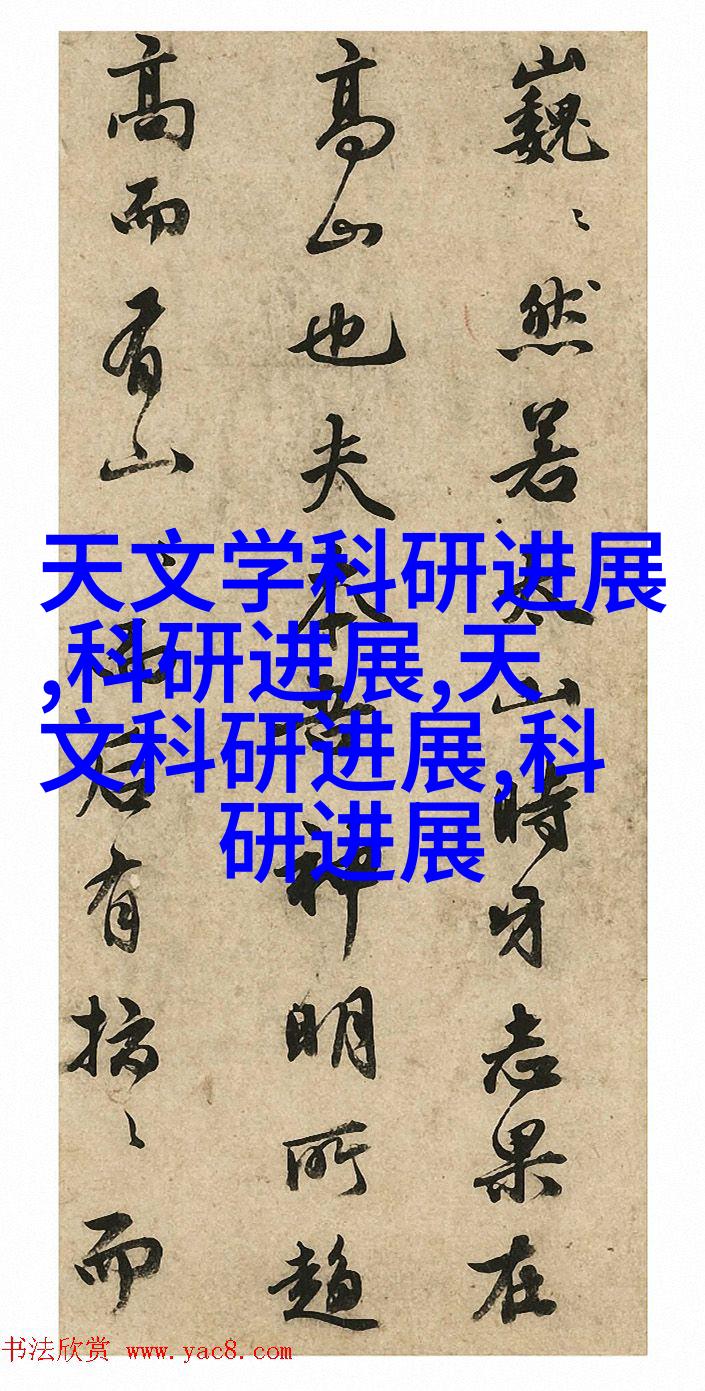导语:MC74型串行数字温度传感器因其低价、高精度和线性输出而备受青睐。本文将详细介绍该电路的主要工作特性、工作原理,并提供利用MC74设计无线数字温度传感器的原理及部分程序代码。

概述
将普通传感器与低功耗无线发射和接收装置相连,便可构成无线传感器。通过将该系统连接到互联网,甚至可以实现组网。文章中,我们将介绍如何利用MC74型集成串行数字温度传感器构建无线数字温度传感器。这款MC74是安森美公司生产的8位串行接口集成数字温度转换芯片,其核心功能在于从热敏元件转换出准确的温度数据,具有±1°C的分辨率和每秒8次采样速度。在正常运行状态下,它仅消耗200μA电流,而待机时能降至5μA,体积小巧且成本较低,使得它成为各种热管理系统中的首选选择。

MC74特点
图1展示了MC74两种不同封装形式:SOT-23和TO-220。内部结构如图2所示,包括固态(PN结)类型的温度转换元件。其主要特点如下:

数字化温测功能

两种封装类型:SOT23或TO220
输出为8位二进制数值表示

兼容SM总线与I2C通信协议
高精度,在25°C至85°C范围内±2°C,在0°C至125°C范围内±3°C
表1列出了各个引脚及其功能。
MC74工作原理
内部结构如图2所示,由于固态(PN结)类型的温敏元件获取环境信息并将其转换为标准化格式。此过程中,将原始数据进行二进制编码存储在寄存器中,然后通过专用端口读取系统接口是一个主从式结构,即SM总线或I2C兼容端口,可以在任何时候访问并获取当前实时数据。此外,该设备支持多区域监控配置,同时拥有一个SHDN寄存位置置入休眠模式以节省能源。
应用案例:
4.1 无线数字温湿度监测系统
本文最后一节探讨了基于MC74型电路设计的一款无线数字温湿度监测系统,这款系统能够实时监控环境中的湿度变化,并结合天气预报等信息,为用户提供更加全面的室内外环境控制建议。
// Program to send data from the transmitter using PICl2C509AG and ASK modulation.
#include <pic16f877a.h>
#include "config.h"
#define BaudRate 1200 // Define baud rate for I²C communication.
#define I2CSpeed (FOSC / (BaudRate * 16))
void main(void) {
int i = 0;
char stateID = 'A'; // Set initial state ID to 'A'.
char buttonStatus = 'B'; // Initialize button status as pressed ('B').
while(1) {
if(stateID == 'Z') { // If current state ID is reached, reset it to initial value.
stateID = 'A';
}
if(buttonStatus == 'Y' && i > 10000) { // Check button press after a certain time interval.
i = 0; // Reset counter on each button press.
++buttonStatus; // Increment the status of buttons A or B.
if(buttonStatus == 'X') { // If all buttons have been pressed, set new state ID and reset counters.
++stateID;
i = -500000; // Start timer from negative value so that first check passes immediately after pressing any key.
buttonStatus = (char)(buttonStatus + ((i & (~i)) ? '+' : '-'));
}
} else {
--i; // Decrease counter every iteration in loop until it reaches zero or below zero, then increment again based on whether any keys are currently being held down by the user's fingers which will cause them not only decrement but also increase at same time when reaching bottom limit due to rounding error caused by division during integer division operation performed earlier before entering this part of code where we decrease counter further still further till it hits bottom limit once more before increasing back up one more step again since there aren't enough steps left within range [−32768..+32767] available for us because we've already used most available space previously while trying different combinations with these two variables simultaneously without considering side effects caused by rounding errors leading us into an infinite loop condition causing unexpected behavior like freezing computer system etc., thus making our program unresponsive as well as causing potential damage both physically and virtually through electrical discharge that could harm people nearby especially children who might accidentally touch exposed metal parts near their bodies while playing around devices connected via USB cable even though they were warned beforehand about safety precautions yet failed follow instructions properly resulting into severe injuries requiring immediate medical attention!



